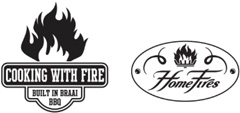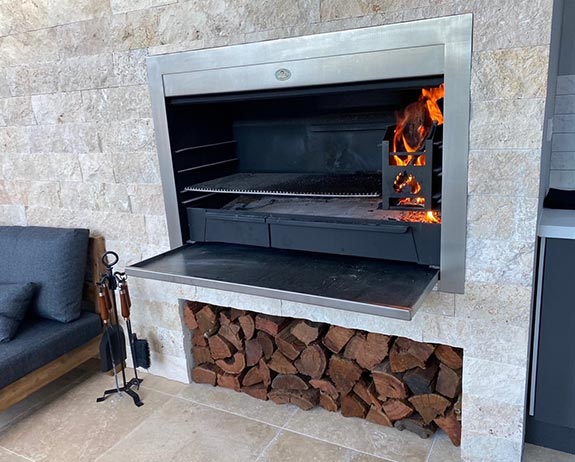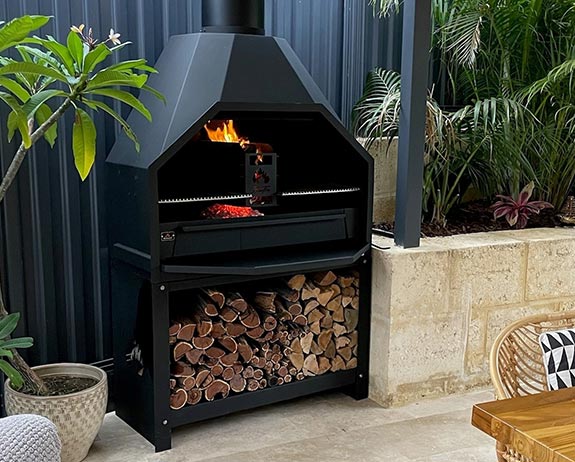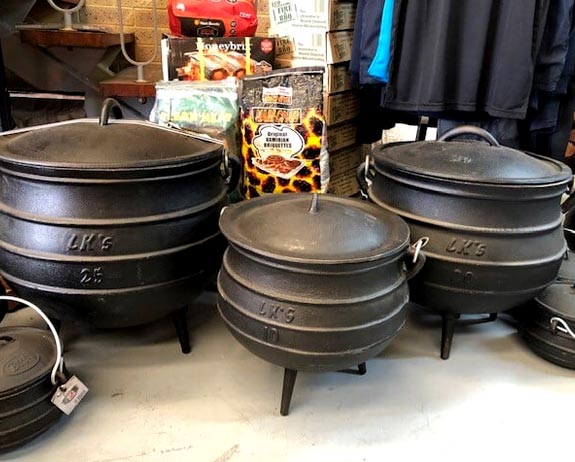Cooking with Fire – Introducing the South African Braai / BBQ to Australia

Barbaco WA is distributing the Super Deluxe Built-in and Free-standing Braai and Fireplaces and many accessories to compliment your Braai experience. Unlike the traditional Australian BBQ, The Braai is an open-fire concept using wood, charcoal or heat beads to achieve aromas and flavours that will tantalise your senses.
The Braai is extremely versatile, cooking food in the healthiest possible way – from sizzling juicy steaks, roasting chickens, grilling seafood, freshly baked breads, potjie (camp oven) and so much more – or just relaxing with friends around a crackling fire, a Braai does it all.
The inclusion of a Braai when building or renovating, is tipped to be the next big thing in the housing industry. It is all about outdoor cooking at its best. Your food tastes better when cooked on a Braai.
We supply the best quality braais / barbecues!
Why Is A Braai So Much Better?
A Braai is a social gathering of people around a fire, cooking food in the healthiest possible way. Cooking with wood, charcoal or heat beads, smell the mouth-watering aromas that hits your taste buds… Sizzling juicy steaks, roast chickens, grilled fish, plain or sweet potatoes in foil, freshly baked bread, pizza, potjie (camp oven), or just relaxing with your friends around a crackling fire. A Braai does it all!
Yes, it may take a little more time to cook food than on a gas BBQ, but in a world where everything happens in such a hurry, some things are worth taking a little longer.




